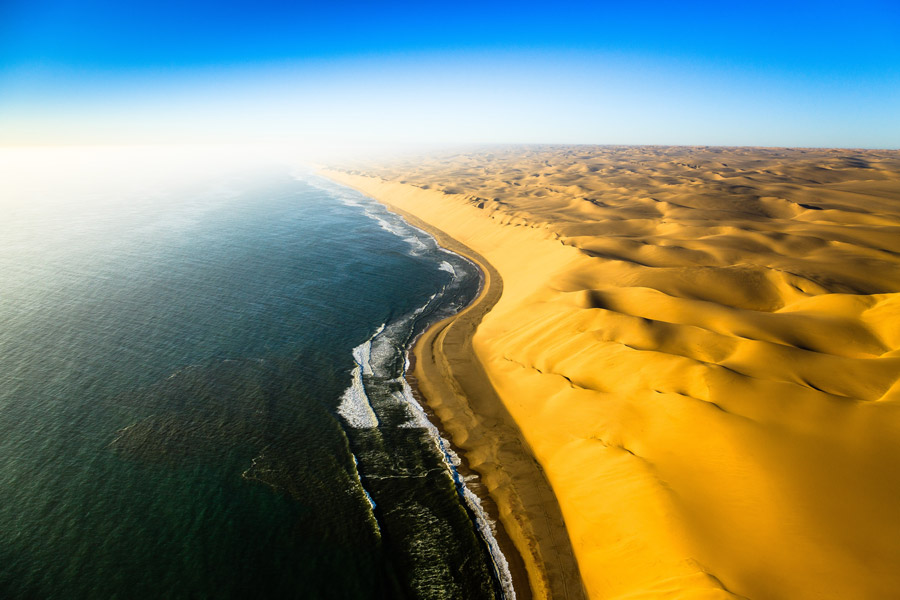
Namibia’s Atlantic Ocean coastline is renowned for its rich fishing grounds, playing a pivotal role in the nation’s economy and supporting a substantial fishing industry. Stretching over 1,500 kilometers, this coastline offers some of the most productive marine ecosystems in the world, particularly noted for species like hake and pilchard.
The cold Benguela Current, sweeping up from the Antarctic, brings nutrient-rich waters to Namibia’s shores. This unique oceanographic feature fosters a diverse and abundant marine life, creating an ideal environment for commercial fishing. The country’s Exclusive Economic Zone (EEZ) covers approximately 580,000 square kilometers, providing extensive fishing grounds.
Hake (Merluccius capensis and Merluccius paradoxus) stands as a cornerstone of Namibia’s fishing sector. It is the most valuable fishery, with both local and international markets demanding its high-quality white fish. The hake fishery is well-managed, adhering to strict quotas and sustainability practices to prevent overfishing. In 2023, the hake industry alone contributed significantly to Namibia’s GDP and provided employment for thousands of citizens.
Equally important is the pilchard (Sardinops sagax) fishery. Although the pilchard population has faced challenges due to environmental changes and overfishing in previous decades, recent efforts in stock rebuilding and sustainable fishing practices have shown positive trends. The pilchard is primarily processed into canned fish, fishmeal, and oil, supporting both local consumption and export markets.
The Namibian government, through the Ministry of Fisheries and Marine Resources, plays an active role in ensuring the sustainable management of these marine resources. The implementation of Total Allowable Catches (TACs), strict monitoring, and enforcement measures have been crucial in maintaining the health of fish stocks. Additionally, the Marine Resources Act provides a legal framework for conservation and sustainable use.
Fishing ports such as Walvis Bay and Lüderitz are bustling hubs of activity, with fleets of trawlers and processing facilities contributing to the industry’s efficiency and productivity. These ports are not only centers for commercial fishing but also vital for research and development, where marine scientists work on assessing fish stocks and advising on management practices.
Moreover, the fishing industry in Namibia is a significant employer, providing jobs to over 16,000 people directly and indirectly supporting thousands more in related sectors such as processing, transportation, and equipment supply. The industry also plays a vital role in food security, supplying a major source of protein for the local population.
Namibia’s fishing industry faces ongoing challenges, including climate change impacts and the need for continuous monitoring to combat illegal, unreported, and unregulated (IUU) fishing. However, the commitment to sustainable practices and international cooperation gives hope for the long-term viability of this critical sector.
As Namibia continues to navigate these challenges, the rich fishing grounds along its Atlantic coastline remain a testament to the country’s natural wealth and a cornerstone of its economic development. The careful stewardship of these resources will ensure that they continue to support the nation for generations to come.
